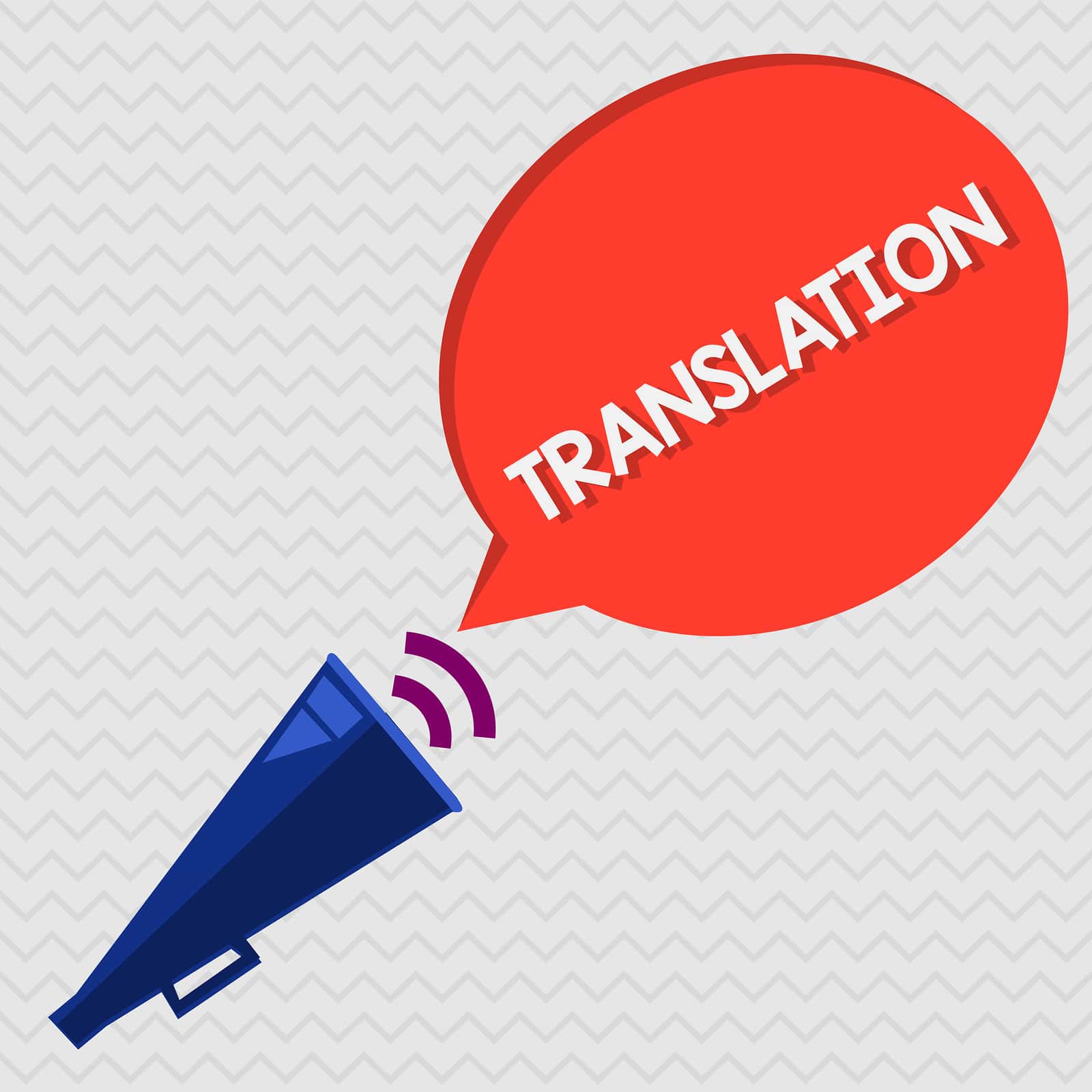Who was an Early Translator?
International Translation Day is on 30th September. This was chosen as the date because it is the same day as the Feast of St. Jerome. St. Jerome went down in history as a key translator in early Christian days when he translated the Old Testament directly from Hebrew into Latin.
Top 5 Languages for Translation
Today these are English, German, French, Italian and Russian.
Book Translations
Between 2000 and 2010 the most commonly translated languages for books were German or French, not Chinese as one might expect, because it is the most widely spoken of global languages.
Speedy Gonzalez
A professional translator is capable of translating approximately 250 words per hour. This means a full-time translator could translate as much as 520,000 words per annum.
Which Language is Spoken the Most?
Chinese comes first, followed by Spanish, then English and next Hindi
How Old are Translations?
The translating profession has been going for more than 2,000 years. The Old Testament, research has discovered, was translated in the 3rd century BC to Greek, making it the oldest known translation.
Which Authors Get Translated most Frequently?
They are Agatha Christie, William Shakespeare, and Jules Verne.
How Many Translators are there in the World Today?
Figures suggest that the number of certified translators globally today could fill a city of 300,000.
Billion-Dollar Industry
In 2018 it was estimated that the translation industry was worth $40 billion worldwide. Its expected growth rate is 10 percent per year.
What is the Simplest Language to Translate?
It is not English but the translator’s view is that it is Spanish. This it has been alleged is because the written words sound the same as their sounds.
How many times has the Bible been Translated?
Estimates indicate that it has been translated more than 541 times. The Jewish Torah, found in the first 5 chapters of the Bible, was translated from Hebrew to Aramaic about 600 BC.
What Caused Translation to Grow?
As humans expanded throughout the world so this led to an increase in the number of spoken languages. This meant that when people met up they did not necessarily speak the same language. Translations began so people could understand one another. The Greeks were great contributors to translation history as were the Arabs and the Romans. As the written word increased so the need for translations increased too so that words could be shared. The increase in trade led to an increase in translations. In fact, traders had to be good translators in order to exist in their trade.
Translations Meant people could move
With the help of translators, people are able to settle in new countries as the translators can provide the information they need while they are learning the new language.
When did Translations become more Important?
The expansion of translation started in the mid 17th Century. This is when countries started to communicate more. With this was the need for translations in particular of key trading documents which experienced a rise in demand.
Vowels are difficult to Translate
Not all languages have vowels so this means they can be difficult to translate. The languages that do not have vowels, for example, are Amharic, Arabic, and Aramaic.
Languages that are more difficult to Translate
Even if a translator is good at his or her job it does not mean that a fast translation is then possible. There are some languages that are typically difficult to translate so a translation takes longer. In particular, these are Japanese, Finnish, Arabic, Chinese, Polish and Icelandic.
Punctuations do Exist Everywhere
Many people do not realize that punctuation marks are used in the Chinese language. This often poses a problem for translators.
Arabic and English
English and Arabic do not originate from the same roots, but they do have the same punctuation system.




